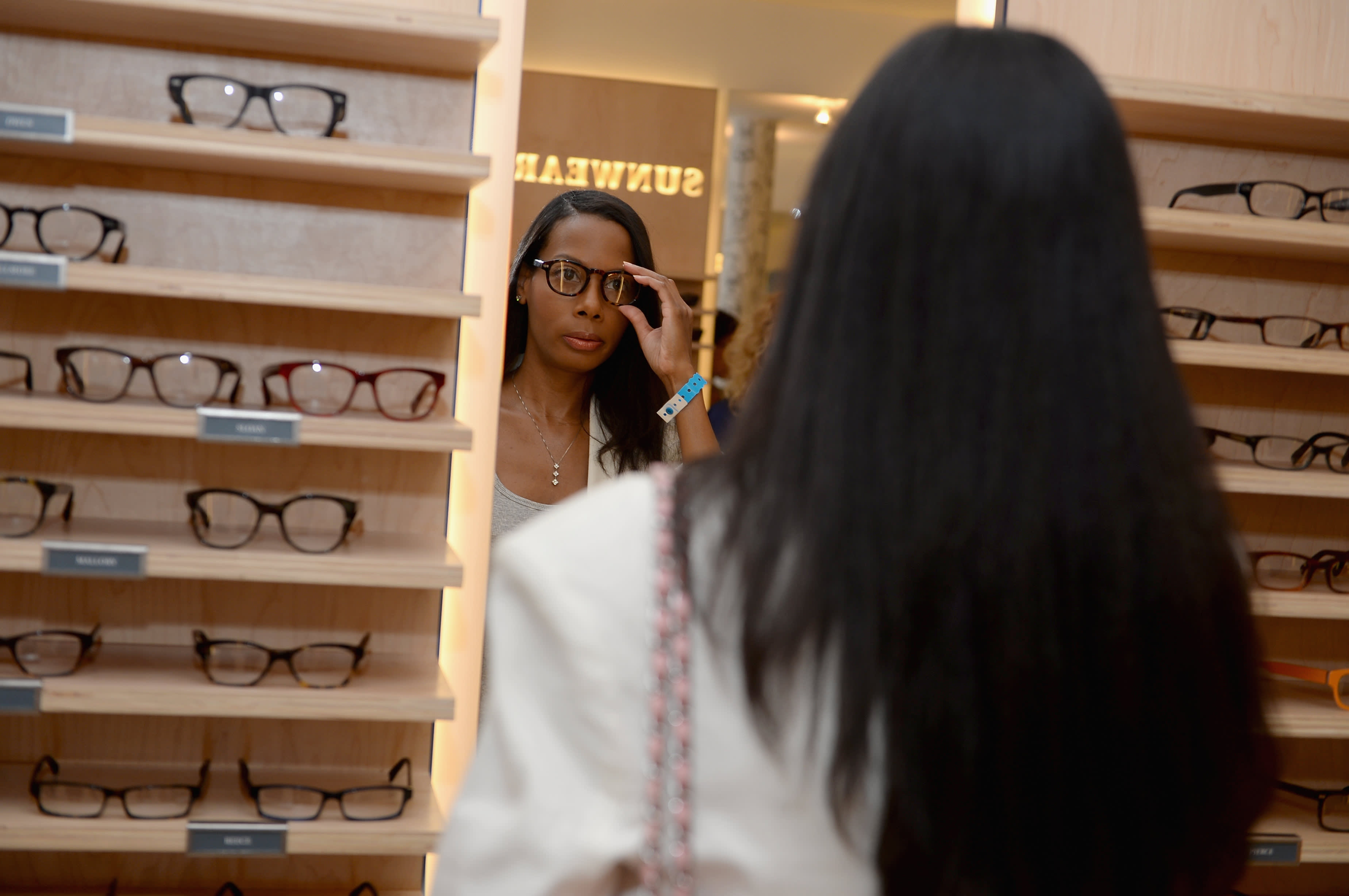A Warby Parker’s store in The Standard, Los Angeles, California.
Michael Buckner | Getty Images
When Dave Gilboa lost a pair of eyeglasses early on a post-college backpacking trip, little did he know it would lead him to form and co-CEO a company that would not only take on the biggest glasses entity in the world, it would also enable him and his friends to bring vision to millions of people who otherwise could not afford it.
Among the class entering the Wharton School of the University of Pennsylvania in 2009, were Gilboa, Neil Blumenthal, Andy Hunt and Jeff Raider. They became fast friends who bonded over, among other things, skepticism over why glasses cost so much.
As Gilboa says, “The iPhone 3G had just come out. I went to the Apple store and spent $200 on this magical device that did things that I couldn’t have imagined were possible even a few years earlier. And meanwhile, I was gonna have to pay several times that for a new pair of glasses. It’s technology that’s been around for 800 years. And it just didn’t make sense to me.”
Blumenthal had been on the glasses manufacturing lines when he worked with VisionSpring between college and business school. “I traveled to factories to produce the glasses that we were distributing for people living on less than $4 a day, and then 10 feet away literally on a production line that had the same equipment — we saw some of the biggest names in fashion — coming off the production line. And it was sort of this moment that, ‘Oh — why are glasses so expensive in the U.S.? Certainly the manufacturing process is not different’.”
So the four friends and MBA students formed a partnership that quickly grew into a business. About a year later, while still at Wharton, Warby Parker launched its website, selling glasses for around $95, hundreds of dollars less than the ones with the “biggest names in fashion” which, ironically, were mostly all manufactured, distributed and sold by Luxottica, the biggest eyewear company in the world.
“People wanted it. And they were so hungry for it,” said Blumenthal’s wife Rachel, founder and CEO of the children’s clothing company Rockets of Awesome. “And they sold out of their home try-on almost immediately,” referring to Warby Parker’s system of allowing consumers to get five pairs of frames to try on at home before committing to a style.
Almost 10 years later, Warby Parker has grown from its initial website to include over 100 brick and mortar locations. They’ve just launched a line of contact lenses called Scout. Just as importantly, they’ve stayed true to their mission for bringing low-cost eyewear to U.S. consumers, as well as distributing over 5 million pairs of glasses to underserved people around the world with their “buy a pair, give a pair” program.
And the four students have remained friends, although only two run the company as co-CEOs, as Blumenthal explains. “At graduation, we decided that Dave and I would continue to run it day-to-day. Jeff went on to start Harry’s (Shave Club). Andy has always been more passionate about investing. And he went on to start his own venture fund. The four of us remain really close friends. And the four of us are also still on the board of Warby Parker, which is very rare for a company, a decade in, for all co-founders to still be on the board and providing leadership and oversight to the company.”
